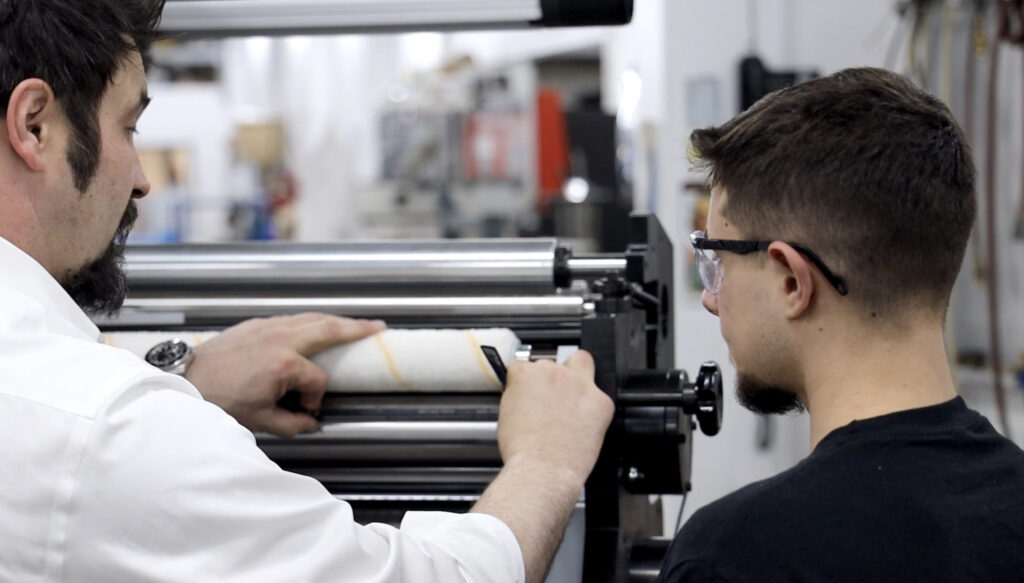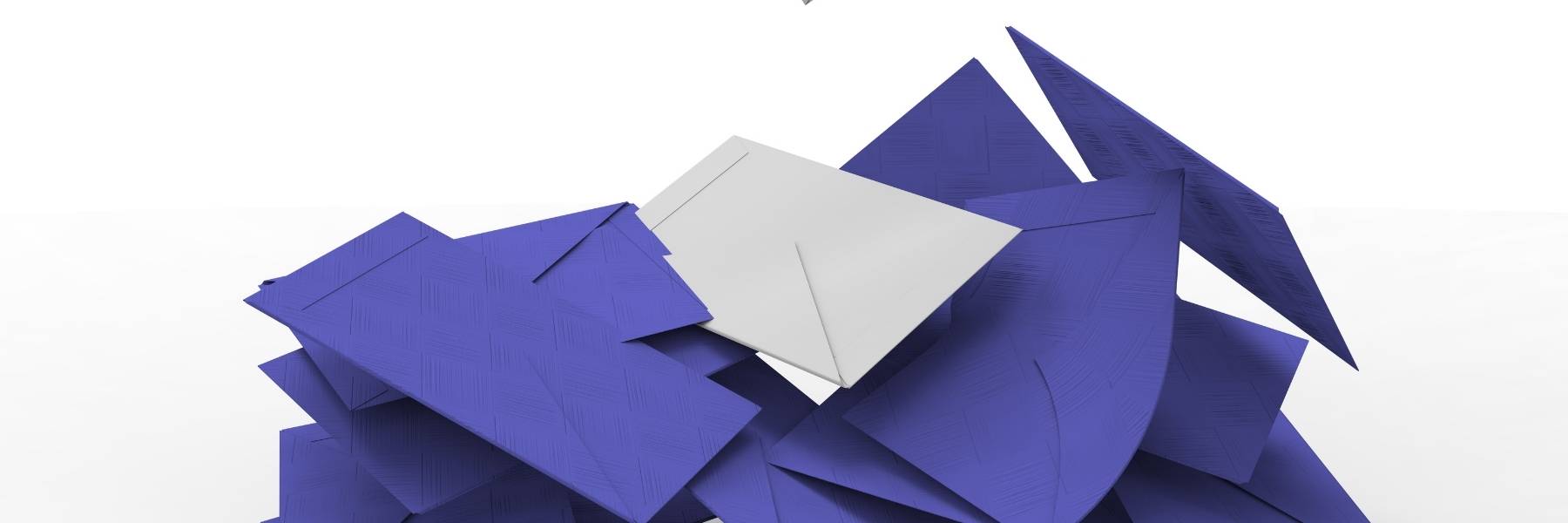Everybody is familiar with remoistenable glue, from envelopes, to stamps to the stickers your children put in coloring books. But besides these popular everyday uses, the traditional lick-and-stick adhesive remains an enduring product in the billion-dollar printing, binding, and finishing industries principally for companies in the direct mail business.
Remoistenable glue is applied in liquid form and then dried to remove any moisture. As most of us know, the glue is then made sticky again by making it wet (not just with your tongue!). This type of glue has limited use in the larger scheme of adhesives, but as mentioned, envelopes and promotional stickers provide ample end uses.
Two Primary Methods to Apply Remoistenable Glue
In the manufacturing process there are two primary methods to apply remoistenable glue. In the past, the adhesive was stuck on paper by a wheel or a blanket. The process worked well because heat does not activate the glue, so the product is laser compatible. Sometimes cold glue can be applied and that creates a lot more production flexibility.
Another way to apply remoistenable glue is hot melt extrusion. This technology, driven by complex computers, is more precise than cold emulsion and as such it allows production managers to start and stop the glue flow exactly when they want to.
Always Choose the Best Paper Stock
The U.S. Food and Drug Administration must approve all remoistenable glues. They are the only adhesives that the FDA regulates (remember lick and stick?). When planning to use remoistenable glue on a big run of product you must consider many factors.
Think paper stock first. Uncoated paper is not efficient because it requires more glue. The porous nature of uncoated stock will cause more glue than necessary to seep into the paper. Additionally, remoistenable glue has difficulty sticking to parchment-like sheets because there are many “valleys” to absorb even more glue. Enamel stock paper works better because remoistenable glue tends to rest on the surface and can create a strong bond when moisture is activated. Keep in mind, when applied in the direction of the paper grain, remoistenable glue lays flat. If it is against the grain, drying the glue can cause waves and that is a problem.
Ink, Coatings and Varnishes Important Considerations Too
When utilizing remoistenable glue, some other important factors are ink, coatings, and varnishes. Remoistenable glue will not affix to a complete ink surface or an aqueous varnish. Sometimes, however, ink is not a problem if the coverage is less than a forty percent screen. Make sure you design the piece to remove varnish from where the glue strip will be applied if the sheet must be varnished.
The bottom line is sometimes you get what you pay for. A premium priced adhesive offering high performance often pays for itself. But the old standby, remoistenable glue, will always have a place in our industry because of its effectiveness in certain uses.
Tamarack Offers Web Finishing Equipment and Glue Application Solutions
Tamarack Products was founded in 1969 and is a leading global manufacturer of specialized equipment used in the packaging, label, and business form industries.
Recognized worldwide for providing high-quality machinery, Tamarack designs and manufactures systems for inline film/window patching, RFID inlay insertion systems, web finishing equipment and more.
We offer more than 50 years of experience in designing, engineering, and manufacturing patching, gluing, and die cutting equipment that adds value with elements such as RFID inlay insertion, see-through windows in envelopes and cartons, and adding cards and labels to business forms.
Tamarack’s effective customer service and engineering are available to back you up, every step of the way, now and in the future. Contact us with any questions and to learn more about Tamarack’s integrated and customized patching equipment and glue application solutions.





